When we think of green living, we often picture solar panels, electric cars, and zero-waste kitchens. Heating oil tanks? Probably not the first thing that comes to mind. In fact, for many environmentally conscious homeowners, oil heating might feel a bit outdated. But here’s the surprising part: heating oil tanks aren’t automatically the enemy of a green lifestyle. With a few upgrades and mindful practices, they can absolutely fit into a more sustainable way of living.
Let’s break it down.
The Modern Heating Oil Tank Is Changing
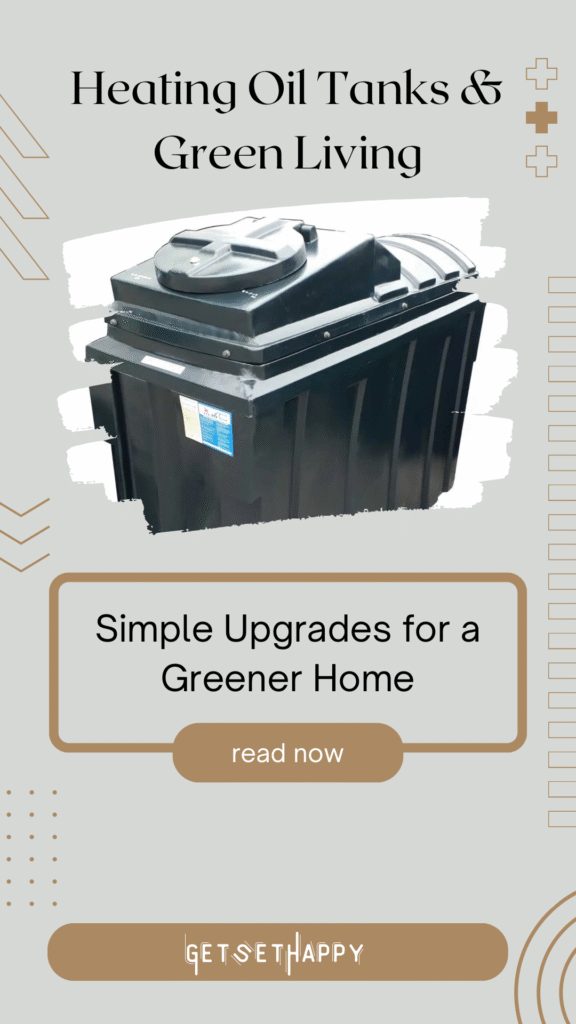
If you’re still picturing a rusted, leaky tank buried in someone’s backyard, it’s time for an update. Today’s heating oil tanks are built to be far safer, longer-lasting, and more eco-conscious than their predecessors.
Many new tanks are:
- Double-walled or made from corrosion-resistant materials like fiberglass or plastic.
- Equipped with leak detection systems and automatic shut-offs.
- Designed for above-ground installation, reducing environmental risk.
- Built to meet stricter environmental safety standards.
So while the fuel itself may not be as clean as renewables, the tank technology has come a long way.
Ways to Make Heating Oil Tanks More Eco-Friendly
If replacing your whole heating system isn’t in the cards right now (we get it—those things are pricey!), there are still plenty of ways to reduce your footprint:
1. Upgrade to a High-Efficiency Oil Furnace or Boiler
Modern oil heating systems can be up to 95% efficient, meaning less oil is burned to heat your home. That’s good for the planet and your wallet.
2. Schedule Annual Maintenance
A well-maintained heating oil system runs more efficiently and uses less fuel. That means fewer emissions and less oil consumption.
3. Install a Smart Thermostat
Smart thermostats help reduce energy waste by adjusting the temperature based on your schedule. You’d be surprised how much oil you save just by turning the heat down a few degrees at night or when you’re not home.
4. Monitor Your Tank
Using a tank monitoring system helps you detect leaks early and avoid running out of oil, which can lead to inefficient burning and higher emissions when restarted.
5. Insulate Your Home
The more heat your home retains, the less oil you need to burn. Upgrading insulation, sealing windows and doors, and using thermal curtains can all make a difference.
Can You Still Call Yourself “Green”?
Green living isn’t about being perfect. It’s about making conscious, thoughtful decisions and doing the best you can with the resources available to you.
If you live in a region where heating oil is the primary heating method, you’re not failing the environment by having a heating oil tank. What matters is how you use it:
- Are you making it more efficient?
- Are you maintaining it properly?
- Are you preventing leaks and waste?
That’s what green living is all about—progress, not perfection.
What About the Future?
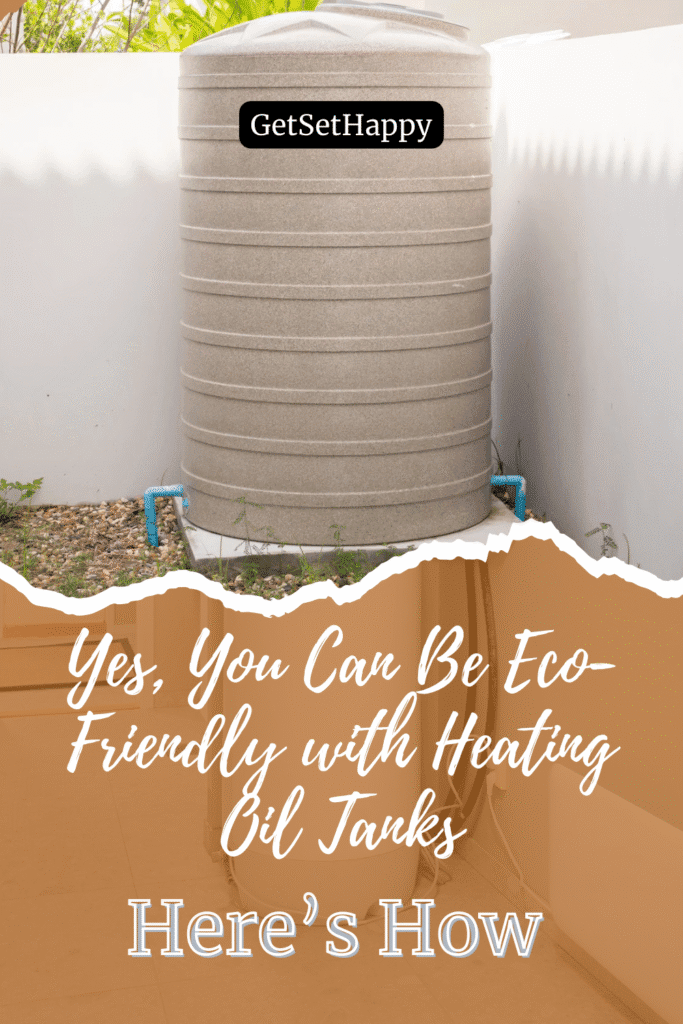
The energy landscape is changing, and home heating is shifting too. Renewable energy sources like solar and geothermal are becoming more accessible. Heat pumps are growing in popularity. But transitioning takes time and money—and in many areas, heating oil remains the most reliable option, especially during extremely cold winters.
The good news? Heating oil systems are evolving right along with the times. With cleaner-burning equipment, smarter usage, and tighter environmental regulations, homeowners are finding ways to reduce their impact—even if they’re still using oil.
Final Thoughts
So—are heating oil tanks compatible with a green lifestyle?
Yes, they can be. Especially when paired with high-efficiency systems, smart heating habits, and regular maintenance. It may not be the greenest option out there, but it’s far from the worst—and with some upgrades, it can be surprisingly sustainable.
Green living isn’t one-size-fits-all. Sometimes, it looks like solar panels. Sometimes, it looks like doing your best with the system you have—while taking steps to reduce your environmental impact.
And that still counts.

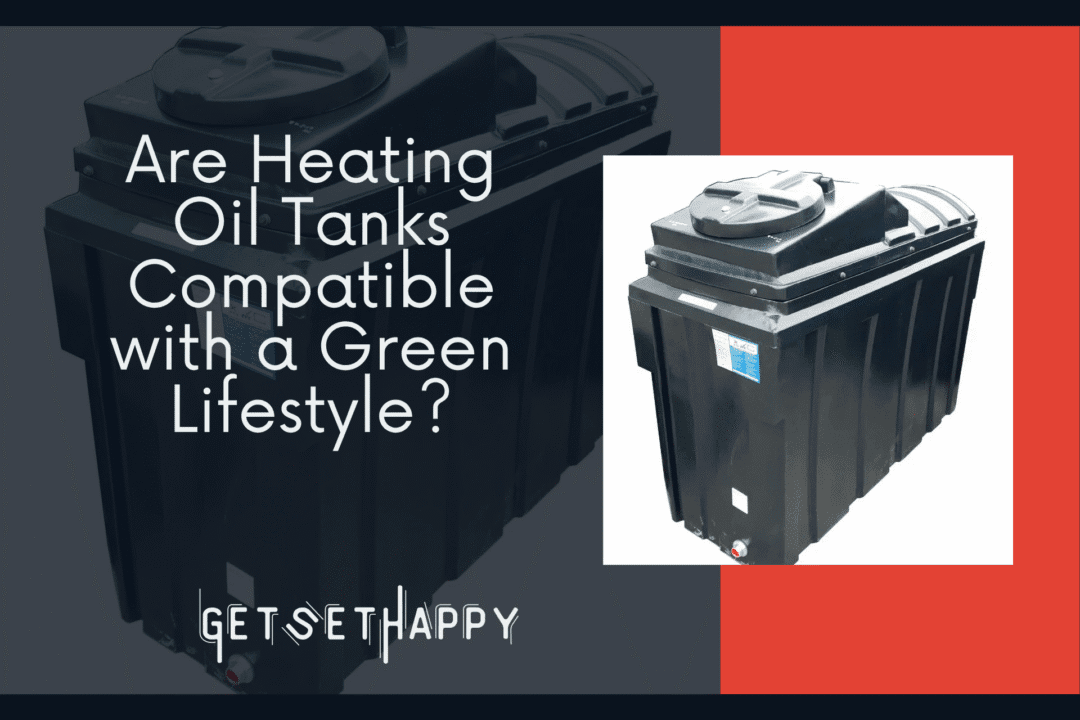
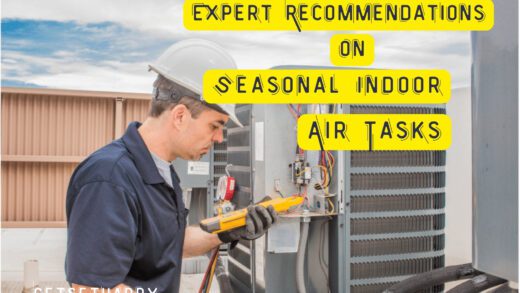
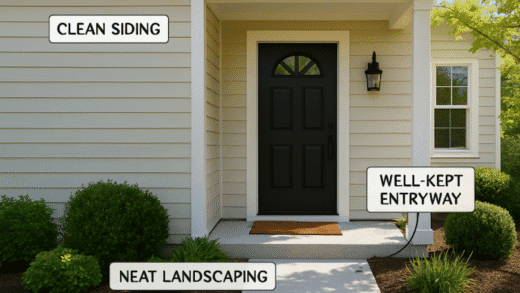

No Comments